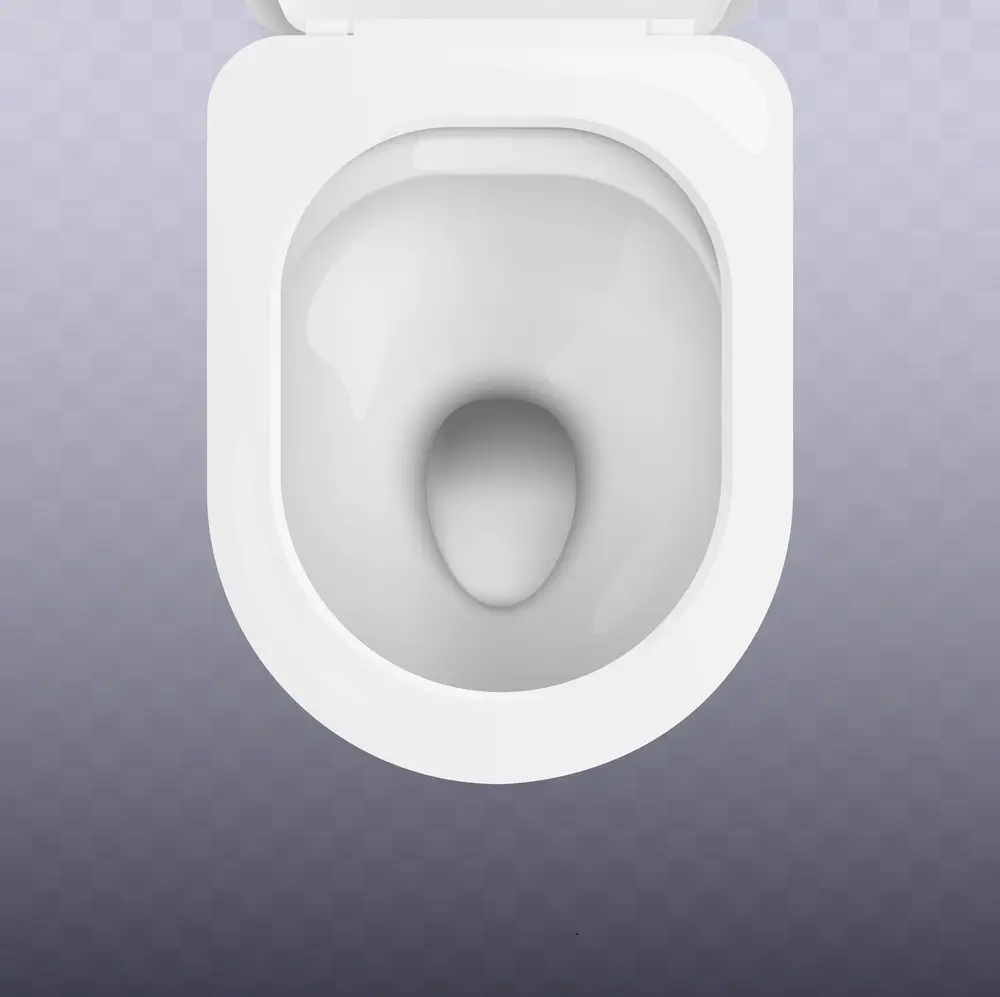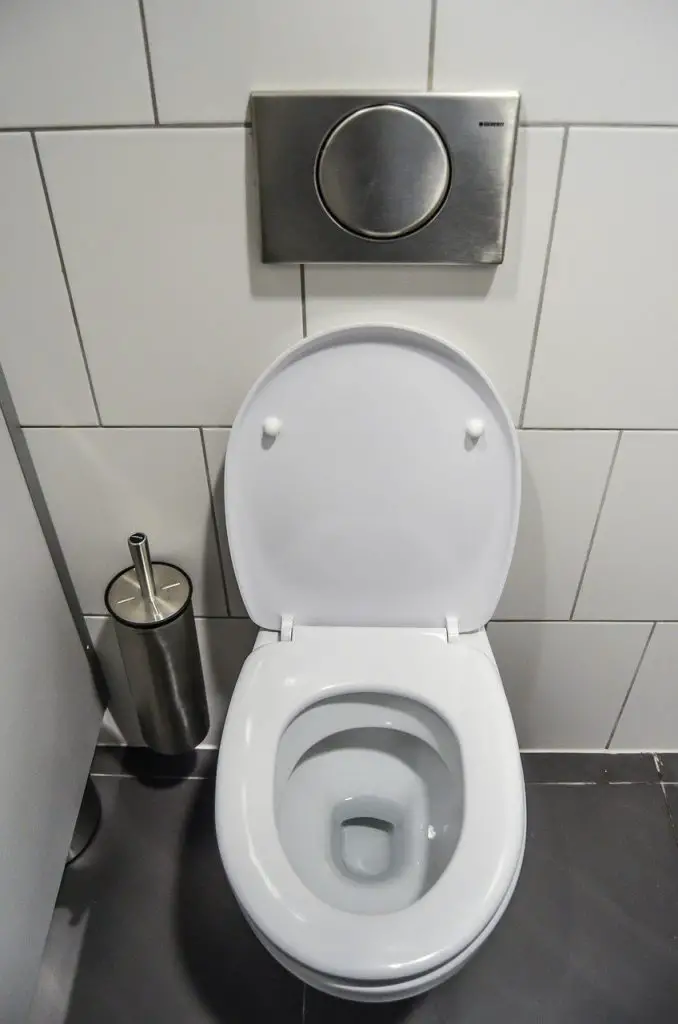How To Empty Toilet Bowl (Quickly & Easily!)


You may want to replace or repair your toilet or maybe just give it a good cleaning. But, for any of these things, you need to empty the toilet. How do you do this?
The simplest way to completely empty the water from the bowl is to use a sponge and a bucket. Start with flushing the toilet and holding down until the water stops. Now use the sponge to sop up the remaining water squeezing it into the bucket each time the sponge fills until the bowl is empty.
The way a toilet works is by siphon action. When you press the lever to flush, you are releasing the tank water into the bowl, and this drives the flush. The reason for this is that the hole at the bottom of your tank curves back up again.
This creates a barrier the water must crest to reach the sewer. When you flush water from the tank into the bowl, you crest this barrier, draining into the sewer.
The draining water fills the pipe creating a seal from the air below, leaving a low-pressure area behind it. Without air, this draws the water from the bowl behind it down the drainpipe.
This low-pressure area behind is broken up once the water becomes low enough. Then, the air gets between the flushing water and the amount of water left in the bowl. This creates a gurgling sound and explains why water is always left in the bowl when you flush
Whenever you want to remove your toilet for any reason, whether to repair or replace it, you will be left with water. This is true, no matter how many times you flush. If you were to pull it off without taking further action, water would be left sloshing inside the bowl free to leak.
To empty the remaining water with no clog is easy as long as you are willing to get close to some toilet water. However, there are several potential ways to do it, but the simplest is to use a sponge and a bucket.
Follow these steps to empty your toilet bowl with a sponge.
You can use a plunger to mostly empty a toilet whether or not it is clogged, but this is especially useful if it is clogged. Just grab a plunger and keep plunging the toilet until the toilet is very nearly empty. This should work, but it could take some time.
If the toilet was not clean before you started, this could leave scraps of toilet paper as well as a small amount of water. Use paper towels to sop up the remainder and throw it away.
Another option for emptying the toilet bowl is to simply scoop the water out. Take a disposable cup or bowl and start taking the water out. Keeping doing this until you can’t scoop any more. Then, wipe up the remaining water with a sponge or rag.
 The amount of water you need in your toilet varies. The water a toilet requires per flush determines the amount of water the toilet tank holds between flushes.
The amount of water you need in your toilet varies. The water a toilet requires per flush determines the amount of water the toilet tank holds between flushes.
Since newer toilets use less water per flush due to federal regulation, the tank requires less water. The maximum water a more modern toilet can use per flush is 1.6 gallons.
Whereas, an older toilet may use as much as 7 gallons of water per flush. Thus, these old toilets need a considerable quantity of water in the tank between flushes.
To determine the exact amount of water in your tank, look for a line marked inside the tank. This indicates the appropriate water level. If there is no line, the water level should be about 1” below the overflow tube.
You will see the overflow tube in the middle of the tank. If you put the water above the overflow tube, the toilet will keep running, thus wasting water. Whereas, if you put the water level too low, you risk clogs or blockages in your toilet.
A leaky toilet flapper can also cause ghost flushing. Therefore, if the toilet flapper appears damaged or broken, you need to replace it. Replace the flapper by following the steps listed below.
Connect the chain to the flapper. Attach the chain to the flapper. Make sure you allow the chain a slight amount of slack, otherwise the flapper may not close. Whereas, if it is too loose, the chain may get under the flapper and keep it open.